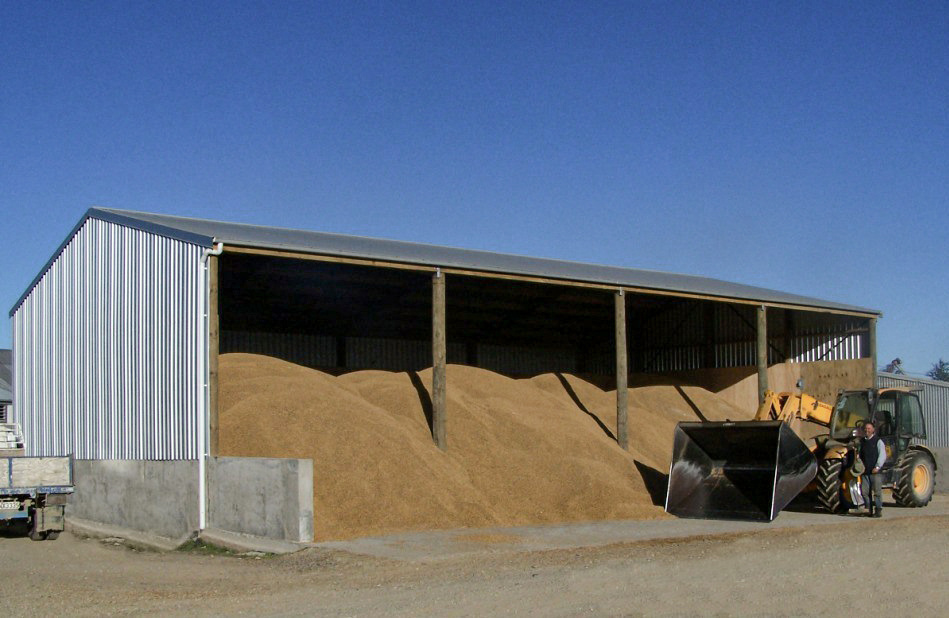If you are looking for more storage space for grain or fertiliser, you may be wondering, what are the best options available? There are many storage options available, from silos to bunkers, ...
March 13th, 2024
2 min read



.png?width=1024&height=682&name=Untitled%20design%20(22).png)




.png?width=800&name=What%20is%20a%20pole%20shed%20(1).png)